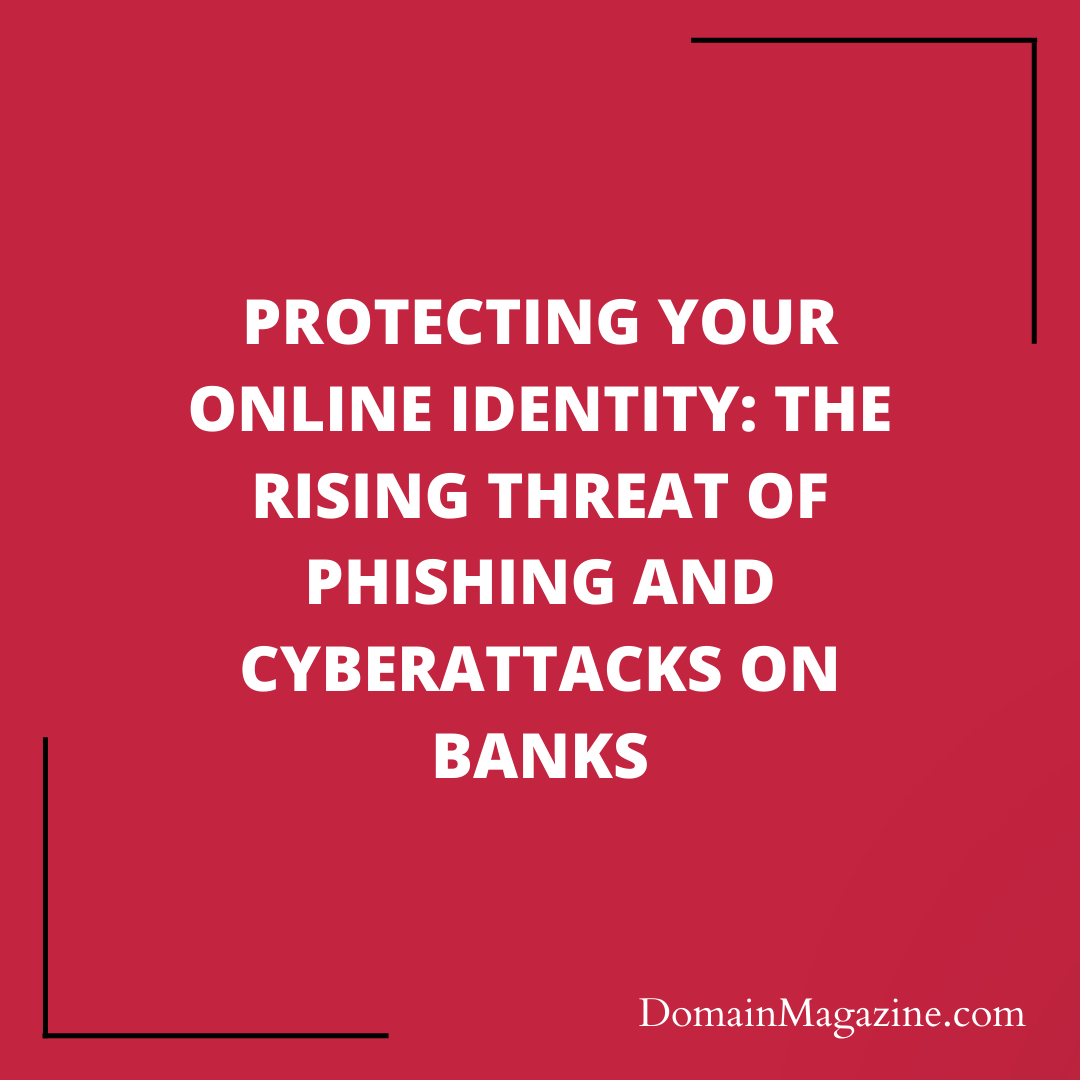In today’s digital age, where technology seamlessly intertwines with our daily lives, it’s no surprise that cyber threats are on the rise. This upward trend is particularly evident in the banking and finance sectors. Recent data from the Ministry of Information and Communications in Vietnam has revealed an alarming surge in fraudulent activities, with over 95% of reports pinpointing these attacks on the financial industry.

The Cyber Threat Landscape
The landscape of cyber threats is evolving at an unprecedented pace. To put things into perspective, in 2021, Vietnam ranked second in Asia for ransomware attacks, marking a staggering 200% increase compared to the previous year. It’s a grim reminder of the relentless pursuit of cybercriminals in targeting our financial assets.
Phishing: A Deceptive Menace
One of the most concerning trends in these attacks is the prevalence of phishing. Last year, an astonishing 240 fake domains were discovered in Vietnam, posing as legitimate financial and banking institutions. These deceptive websites aimed to extract detailed personal information from customers and even stole their bank account details. What’s more, they employed tactics to bypass the One-Time Password (OTP) verification step, leaving customers vulnerable to exploitation.
Complex Attack Methods
Cyberattacks have grown increasingly complex. Statistics reveal that over 87% of these attacks employ a combination of two or more methods. This includes Layer 3/4 and Layer 7 DDoS attacks, as well as assaults on web applications. These multifaceted tactics make it even more challenging to defend against such threats.
The Need for Vigilance
To safeguard your financial information and personal data, it’s crucial to stay vigilant. Banks are issuing continuous warnings about the evolving techniques employed by fraudsters. Here are some steps you can take to protect yourself:
- Beware of Impersonators: Be cautious when dealing with individuals or websites claiming to represent your bank. Scammers often create fake profiles or pages on social media platforms to deceive you.
- Guard Your Personal Information: Never provide your personal information, such as ID card details or address, unless you are absolutely certain about the identity of the person or website requesting it.
- Protect Your Bank Account: Never share your bank account information or OTP codes via email, phone, or text message. Your bank will never ask for this sensitive information through such channels.
- Verify Before You Trust: Always verify the authenticity of a website or contact person before engaging with them. A quick call to your bank can help confirm their legitimacy.
Conclusion
As cyberattacks on banks and financial institutions continue to rise, it’s essential to take proactive steps to protect your financial well-being. Staying informed, vigilant, and cautious when sharing your personal information is the first line of defense against these evolving threats. Remember, your financial safety is in your hands, and by following these precautions, you can navigate the digital landscape with confidence.


Join the Discussion